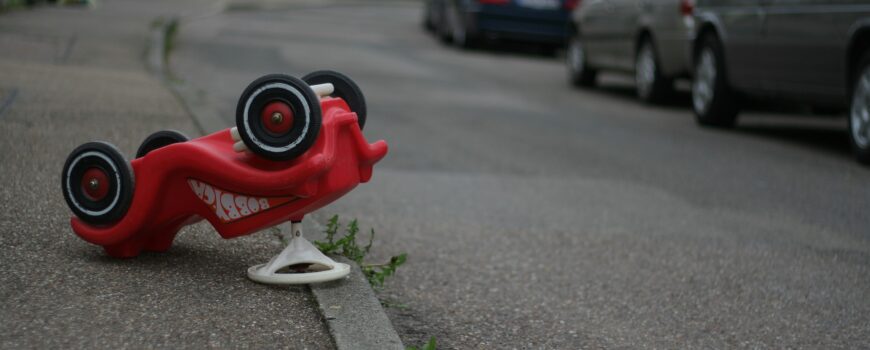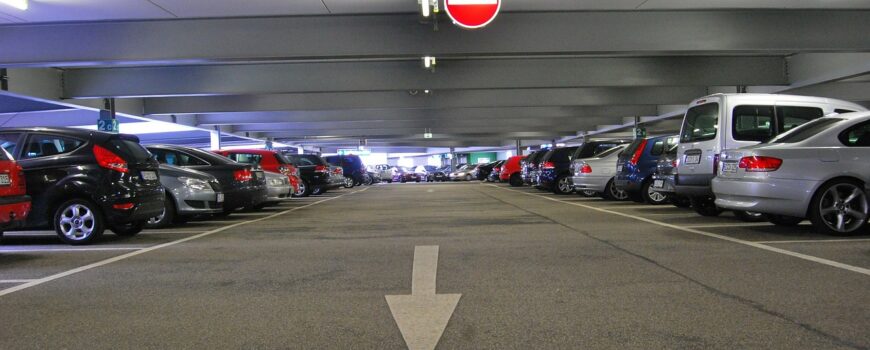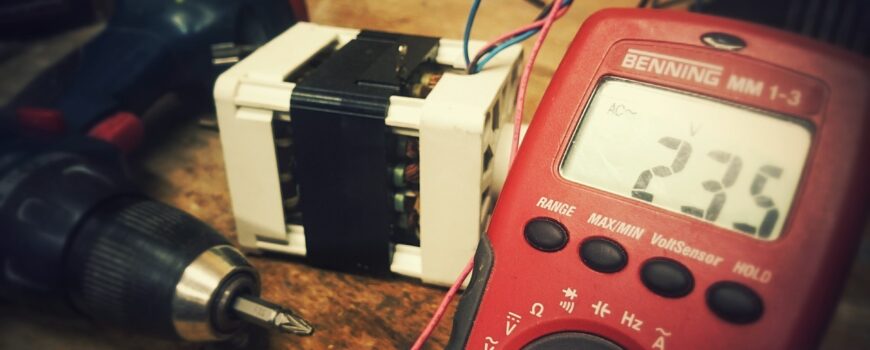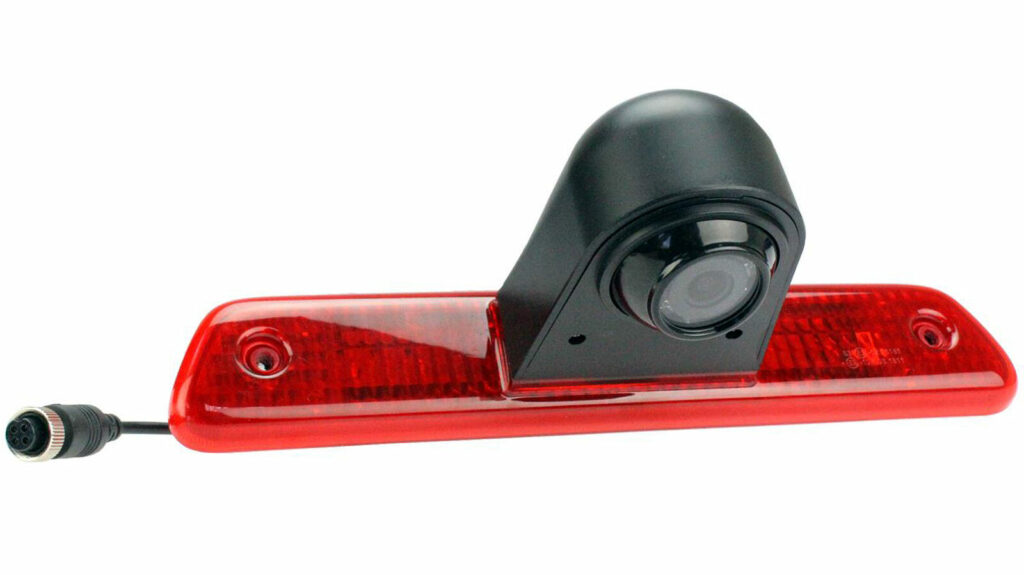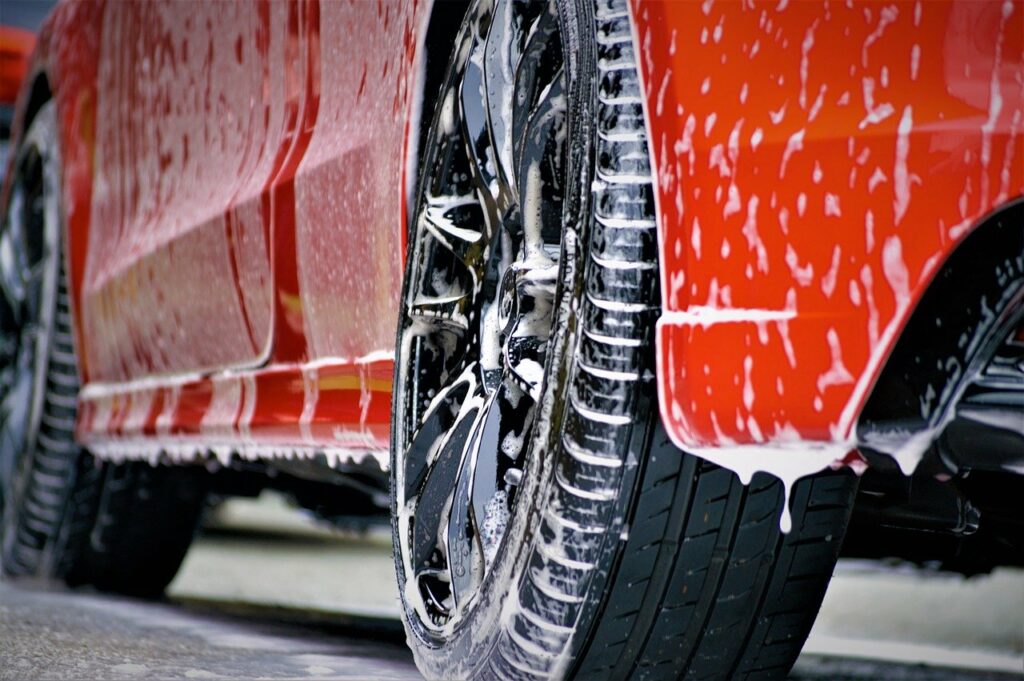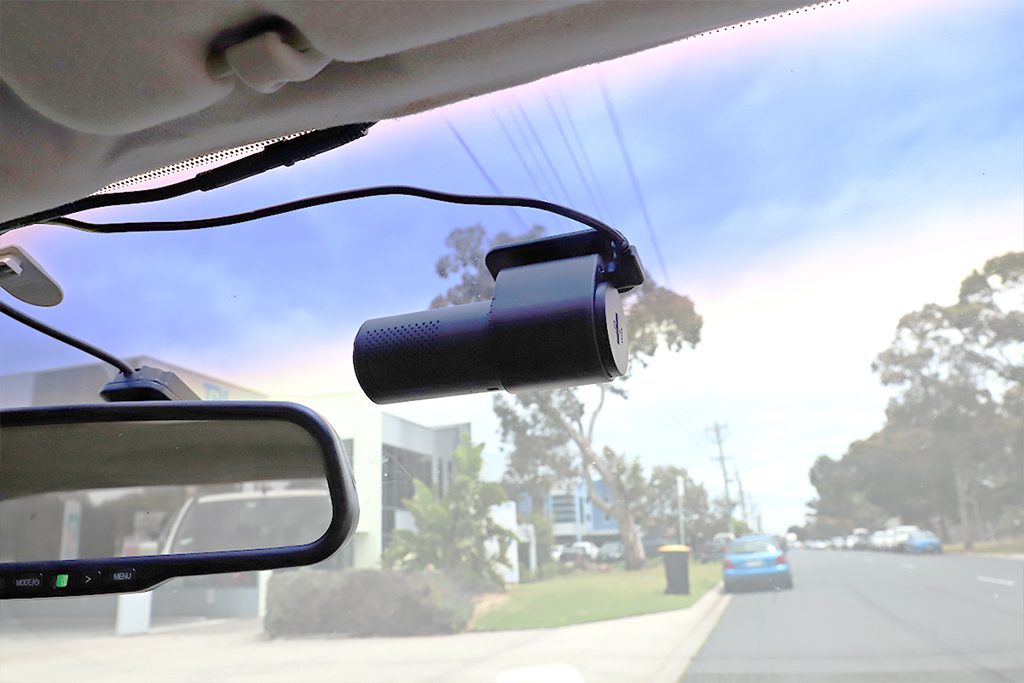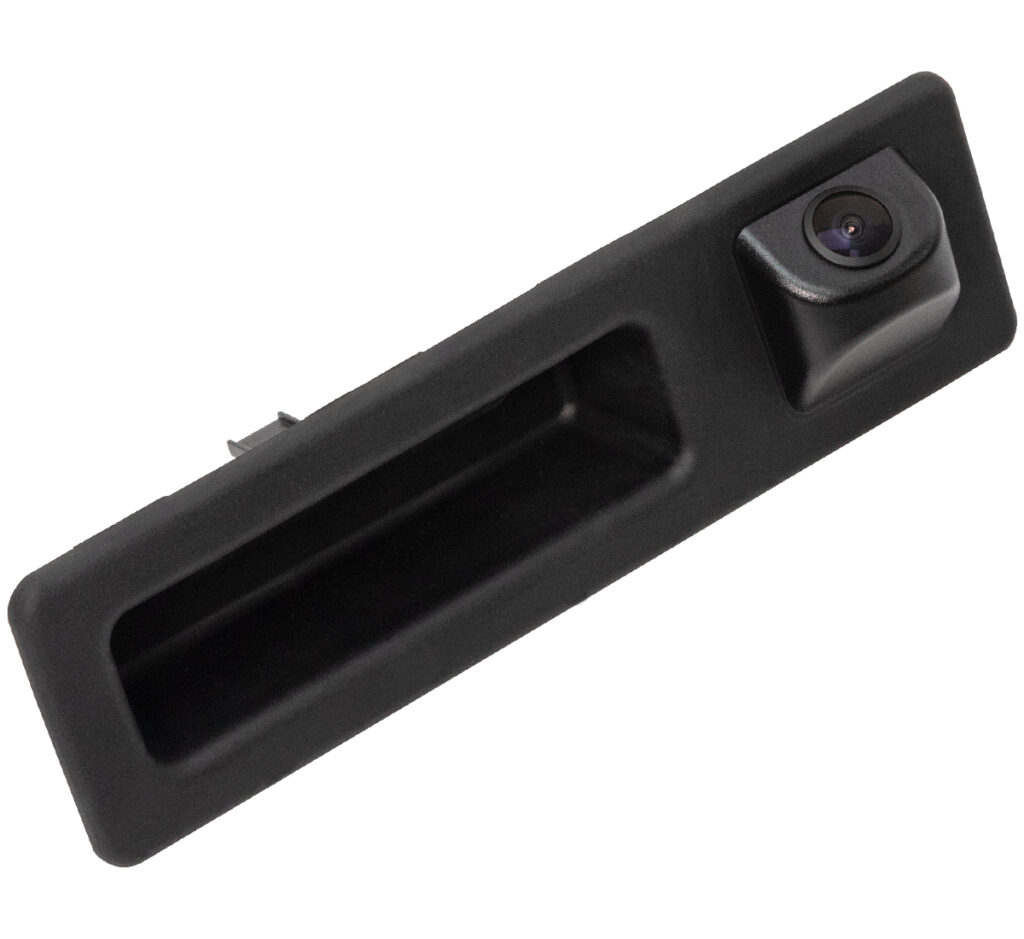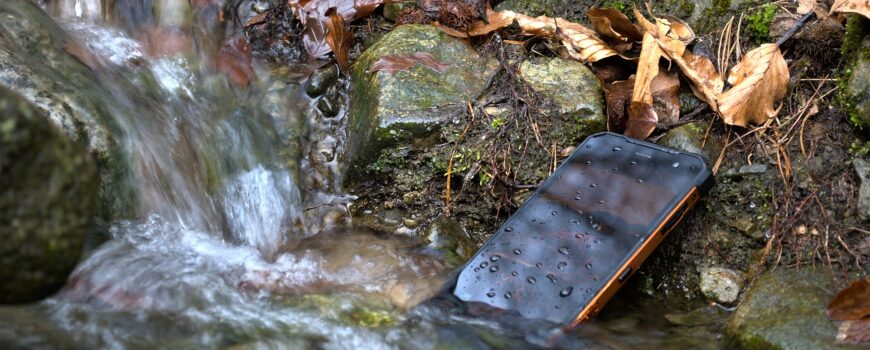Currently in the US, all new cars must be sold with a reversing camera by law. This legislation was brought in in 2018 as an attempt to help save lives and prevent injuries by reducing the risk of so called “backover” crashes, when a pedestrian or a cyclist is struck by a vehicle moving in reverse.
Should this legislation be mirrored in the UK? A report in 2010 from the UK’s Royal Society for the Prevention of Accidents (RoSPA) stated that 28 children had been killed on, or near, the driveways of their home between 2008 and 2010. This reflects the results of a 2010 study by the US National Highway Traffic Safety Administration which prompted the introduction of the legislation in the US. It concluded that of the 292 deaths and 18,000 injuries caused by ‘backover’ accidents about 44 percent of the deaths are children younger than five years old.
However, the UK has yet to introduce a law to force car makers to include reversing technology in vehicles, the SMMT (Society of Motor Manufacturers and Traders) reported that parking assistance technology, including cameras and sensors, is available as standard on 21.9% of new cars, and as an option on a further 36.9%. The SMMT goes on to says these innovations have helped reduce road accidents in the UK by nearly 10% over the past five years.
A reversing camera is an excellent addition to any car and increases the visibility of the rear of the vehicle providing additional safety and reassurance to drivers when they are manoeuvring the vehicle. Whether or not the government brings in legislation to enforce the inclusion of reversing cameras in new vehicles, C2Vision offer a variety of cameras for a broad range of vehicles ranging from larger commercial vehicles to smaller passenger vehicles. We also offer a selection of mounting options to ensure you are happy with the placement of your camera on the vehicle so you can get the most of your new purchase.
To view our full range of reversing cameras please click here
If you would like more information on our entire range of reversing cameras currently available feel free to get in touch with our team here who will be more than happy to help.

